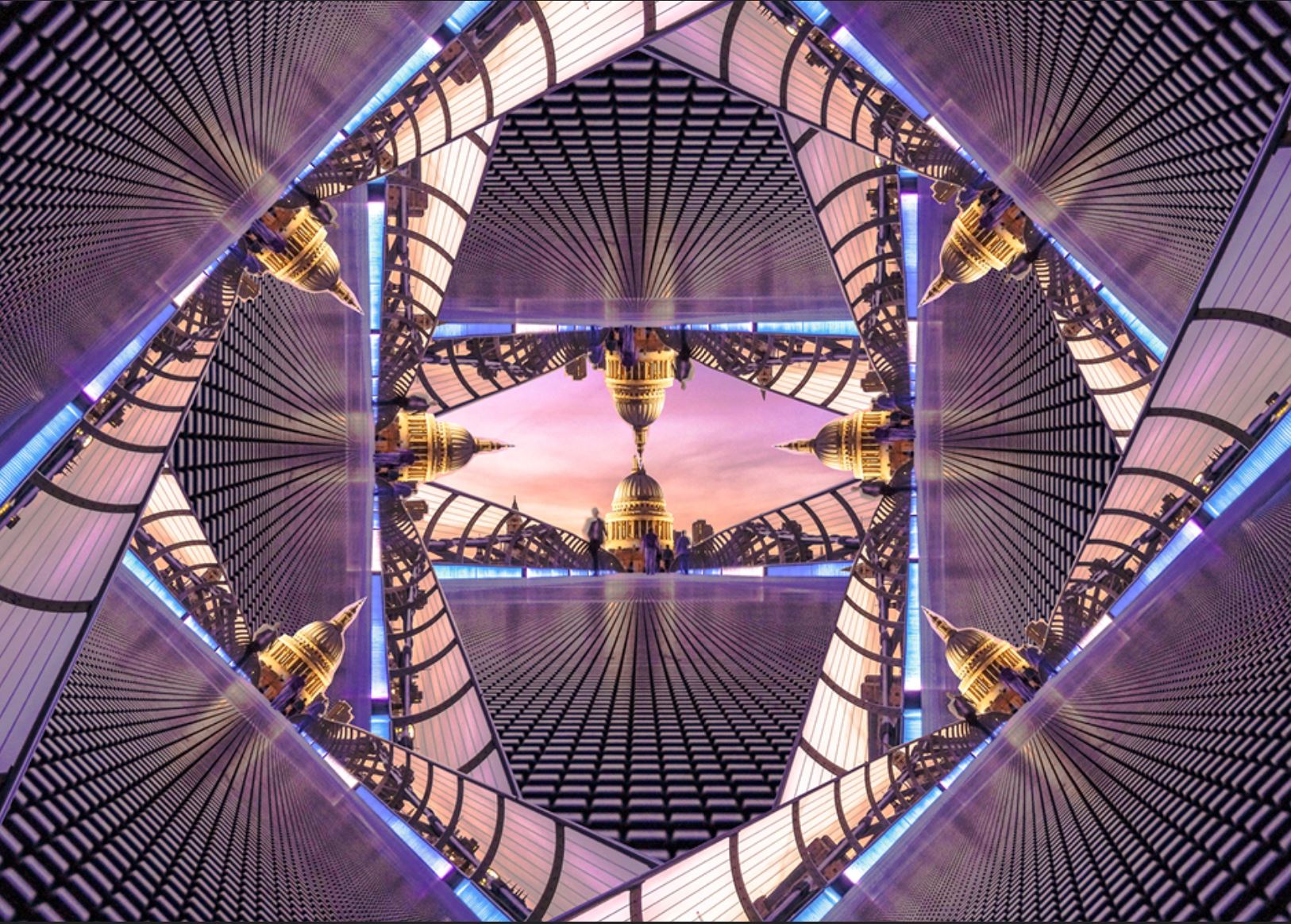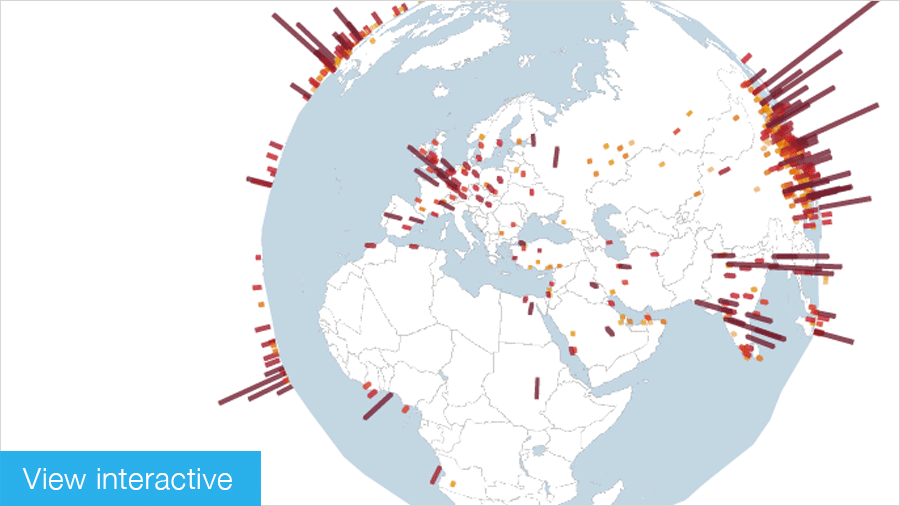
The results seem to create a voice that’s not unlike the collage-like work from your studio practice. GJ: I also think your use of a telephoto lens on the street is particularly unique in the street and documentary tradition. Green Juice, New York, 2021 © Anastasia Samoylova In this project, I document my breakfasts arranged on pages of various artists’ books, imagining the conversations we could have over coffee. I even have a whole series, Breakfasts, that is an homage to my ever-expanding list of inspirations. My range of influences is vast, ranging from Germaine Krull, Berenice Abbott, Barbara Kasten, Lee Friedlander, Daido Moriyama, Jeff Wall, Wolfgang Tillmans to many painters and multimedia artists, both historical and contemporary. Similar to how you can’t be a good writer without being a good reader, this practice of looking is critical in the formation of a good image maker. Are there others who you’ve looked toward, or who’ve made work that you’re interested in conversing with?ĪS: In the transition from studio to documentary-style photography, I actively sought inspiration by looking at photobooks every morning before going outside to photograph. GJ: When you initially set out onto the streets to begin this strand of your practice, what kinds of photographers were you looking at to inform your approach? I know Walker Evans is a big influence on your work.

The notion of place-and the historical and contemporary photographic representation of places-have been consistently central to my work.įacade and Printed Cover, Zurich, 2021 © Anastasia Samoylova

All of my projects are ongoing and cyclical, whether it is documentary photography or collages made in the studio. It might not be immediately apparent from looking through my books, but if I selected a set of images from each one to illustrate that point, the layered, collage-like compositions and predominantly flattened space would give away the interconnected conceptual and formal concerns. How and when did this pivot occur?Īna Samoylova: The particular kind of observational photography I do has evolved organically from my studio practice. Much of your early work centered on a dedicated studio-based practice, and you have since developed three robust bodies of location-based projects with Image Cities being the latest in this cycle. Gregory Eddi Jones: Ana, to begin the discussion on Image Cities I think it’s worthwhile to discuss your initial entry into street and documentary photography.


 0 kommentar(er)
0 kommentar(er)
